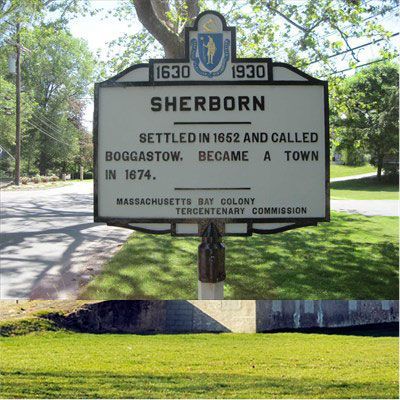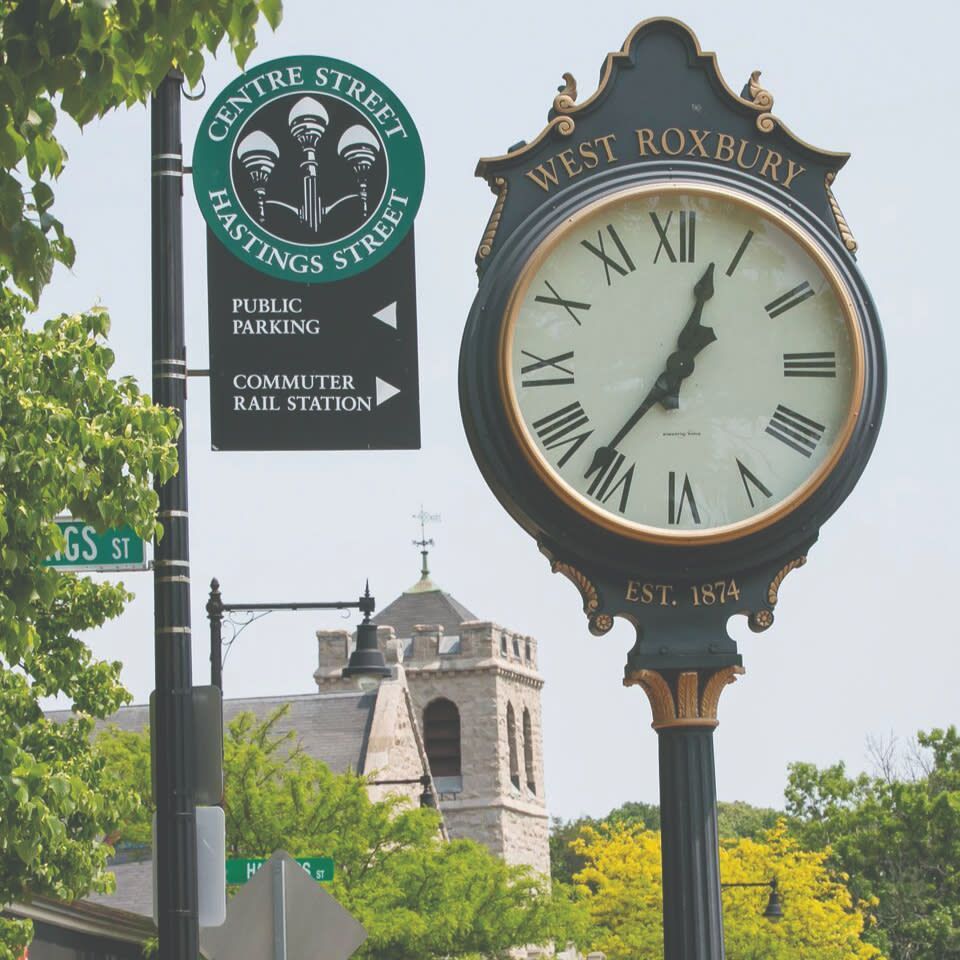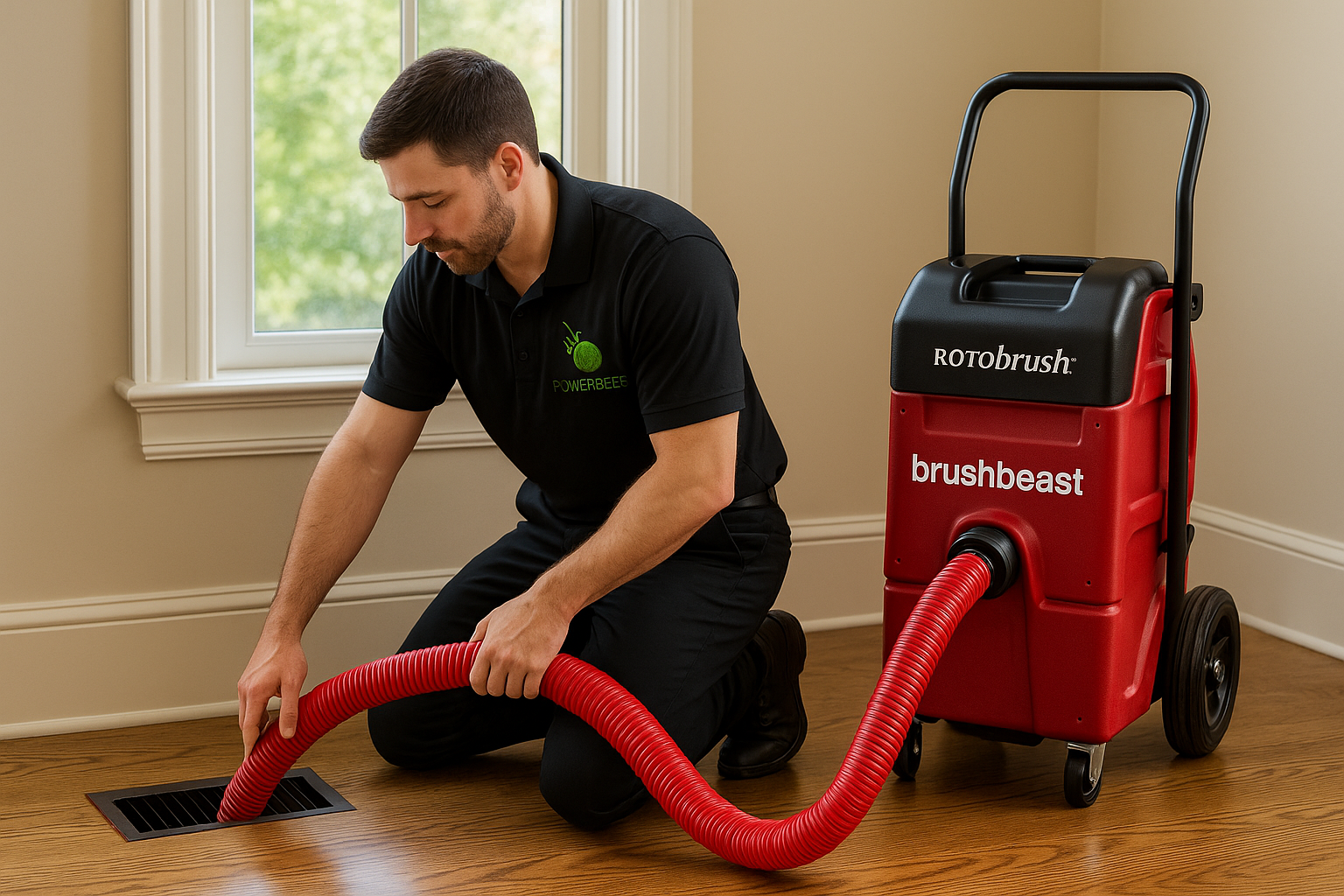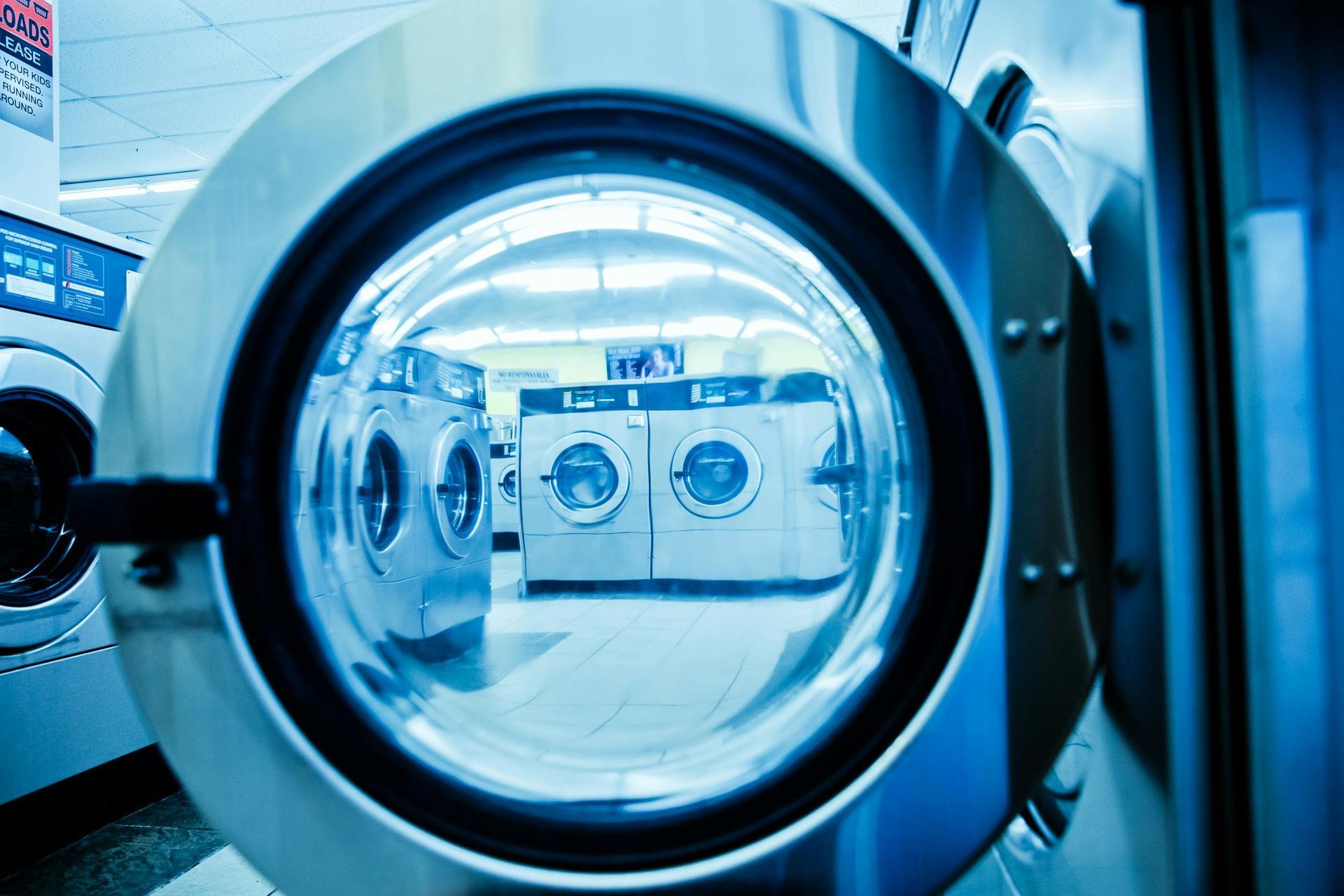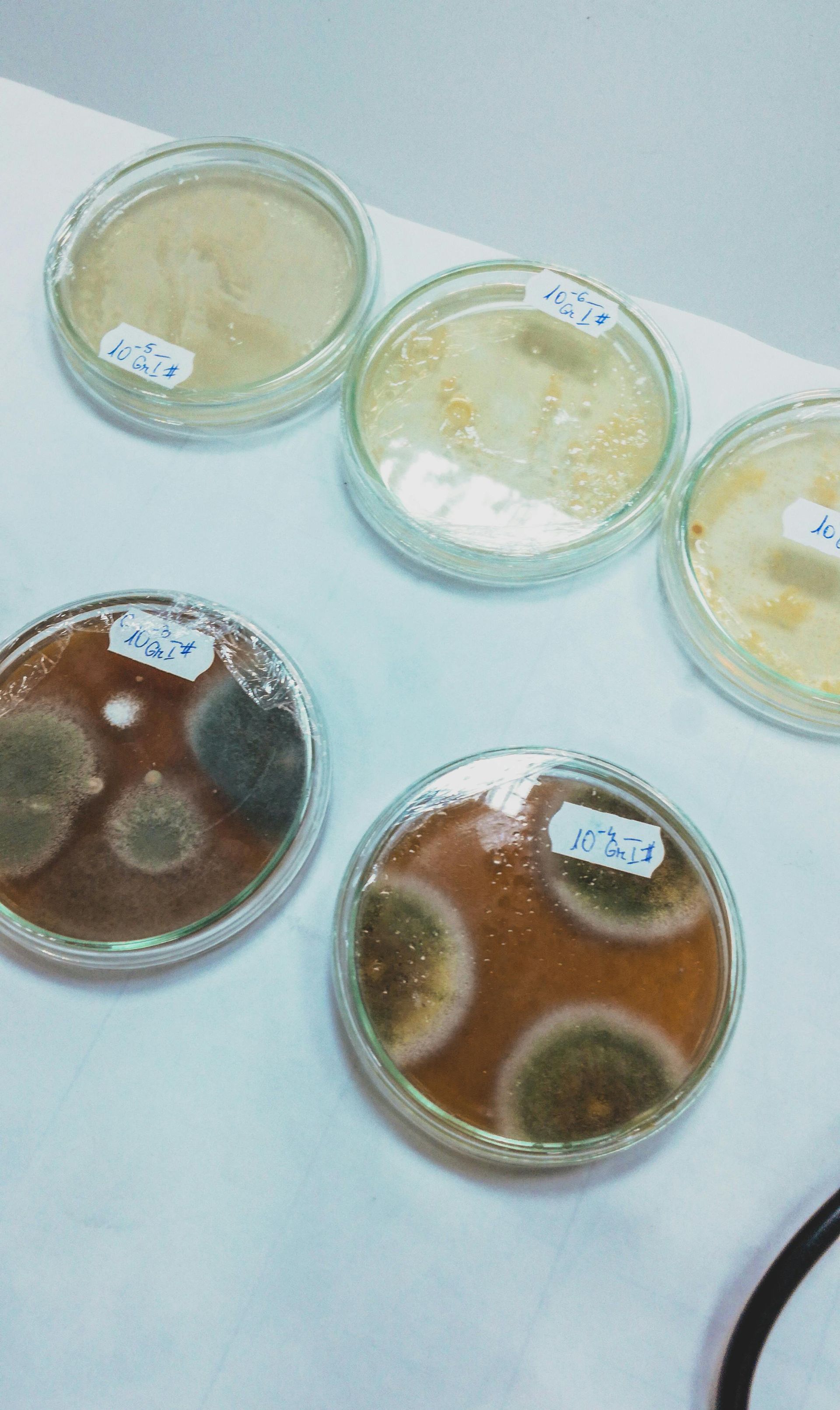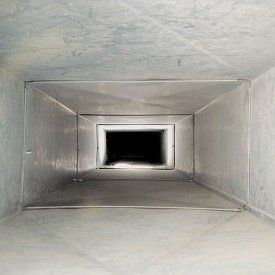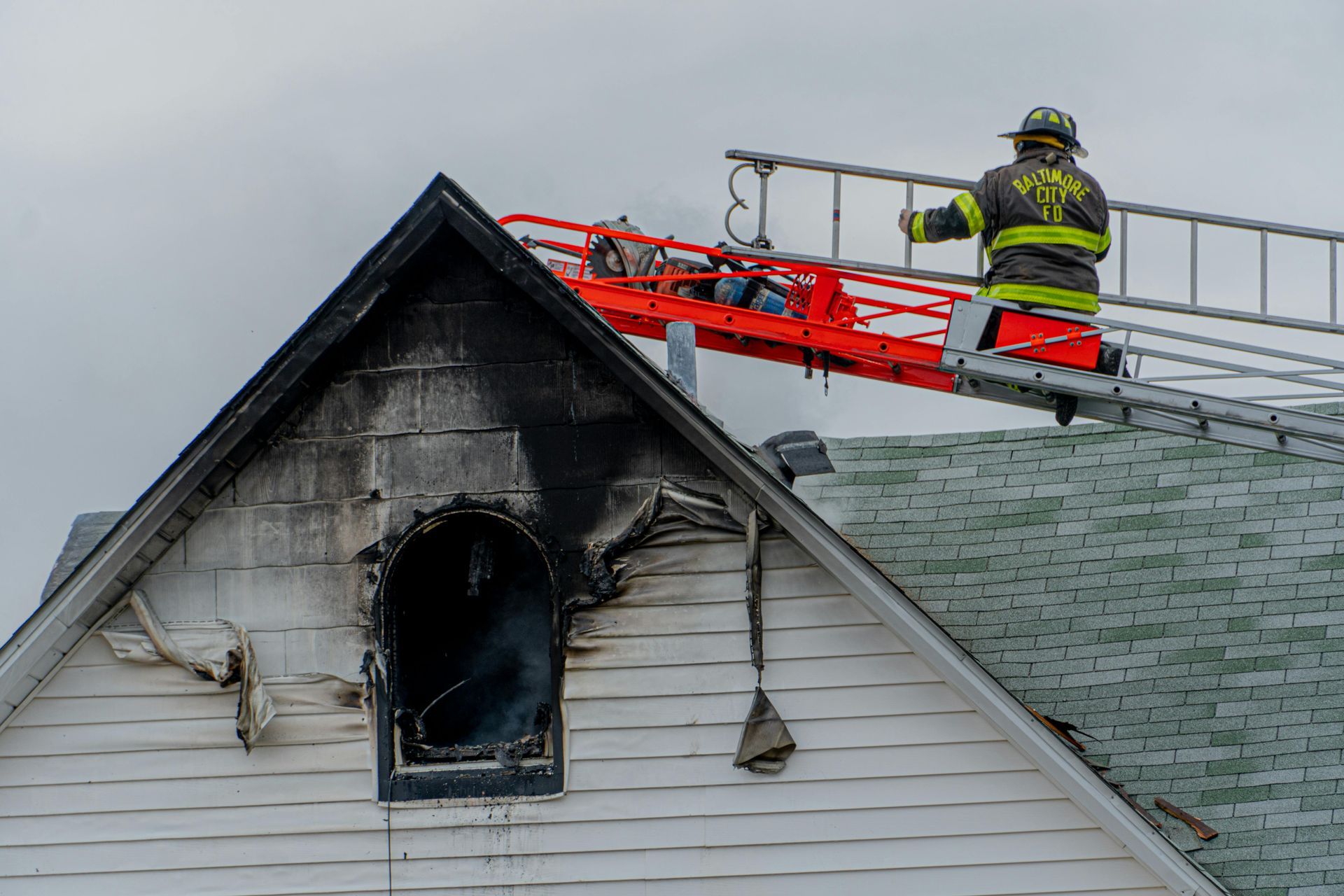Mold Testing in Newton, MA: Identifying Indoor Contaminants in a 1920s Colonial Home
What Mold Testing Uncovered in a Historic Newton Home

Understanding the Role of Mold Testing in Protecting Indoor Air Quality
PowerBees recently conducted mold testing in a brick colonial gambrel-style home in Newton, MA. Built in the 1920s with classic fieldstone foundation walls, the home had developed indoor air quality concerns—particularly on the basement and first-floor levels. Following months of respiratory discomfort experienced by one of the occupants, and at the suggestion of her physician, a comprehensive mold assessment was scheduled.
What the Mold Testing Revealed
Air sampling, conducted in multiple rooms throughout the home, revealed elevated levels of Penicillium, Aspergillus, and Cladosporium—common indoor molds that can significantly affect human health, especially in sensitive individuals. The basement, which had high humidity and visible signs of dampness, tested particularly high for Penicillium and Aspergillus. A Delmhorst moisture meter confirmed consistently elevated moisture levels in the foundation walls. While the outdoor humidity that day registered at 38%, the basement held steady at a humid 68%.
These conditions created an environment ripe for mold colonization. Elevated levels of airborne spores can infiltrate living spaces via HVAC systems, rising air currents, and everyday occupant activity—triggering or worsening respiratory conditions like asthma and chronic sinusitis.
Why Mold Testing Matters
Mold spores are microscopic, making them virtually undetectable without professional sampling equipment. By the time visual evidence like discoloration or a musty odor appears, the mold colony may already be widespread.
Penicillium and Aspergillus are among the most common indoor molds found in New England homes. Though they are widespread in nature, their presence indoors—particularly in high concentrations—can contribute to a range of health symptoms. Individuals with allergies, asthma, or weakened immune systems are especially vulnerable. Prolonged exposure to airborne spores can cause:
- Persistent coughing or wheezing
- Nasal congestion
- Eye and throat irritation
- Exacerbated asthma symptoms
- Fatigue and headaches
Mold testing not only identifies the presence of these fungi but quantifies them, helping homeowners understand the severity of contamination and take appropriate remediation steps.
The Importance of Testing in Older Homes
Homes constructed in the early 20th century, like many in Newton, often have architectural features that promote moisture retention—such as fieldstone foundations and porous masonry. Over time, even minor cracks or poor drainage can lead to water infiltration. Combined with inadequate ventilation, these conditions allow mold to flourish behind walls, under flooring, and within air ducts.
In this Newton home, the age and original construction materials played a key role in the moisture issues that led to mold growth. Without mold testing, the root cause of the occupant’s respiratory symptoms may have remained unidentified.
Historical Context: Newton, MA
Incorporated as a city in 1873, Newton is made up of 13 distinct villages, including Newton Centre, Newtonville, and Auburndale. Located just seven miles west of downtown Boston, Newton played a significant role in the development of the Boston and Albany Railroad and became a model for suburban planning in the late 19th century. Many of the homes here, including gambrel and colonial-style constructions from the early 1900s, feature traditional materials like brick, wood, and fieldstone—materials that require vigilant moisture management.
With a population of over 87,000, Newton is a diverse and well-established city with a broad range of architectural styles. Many residents have chosen to preserve the historic elements of their homes while updating systems to align with modern indoor air quality standards.
PowerBees’ Role in Mold Assessment and Indoor Air Quality
As a leading indoor air quality company, PowerBees specializes in mold testing, air sampling, and environmental diagnostics. Our team follows standards established by industry organizations, including the National Air Duct Cleaners Association (NADCA) and the IICRC, to deliver reliable and detailed assessments for homeowners concerned about their indoor environment.
The mold testing process includes:
- Air Sampling: To detect and measure airborne mold spores in various parts of the home
- Surface Sampling: To identify mold colonies growing on visible surfaces
- Moisture Mapping: To locate moisture intrusion using meters and infrared imaging
- Environmental Monitoring: To measure relative humidity and temperature conditions
In the Newton case, all of these methods contributed to identifying the extent and sources of mold growth in the home. After analysis, PowerBees provided a full report with recommendations for remediation, moisture control improvements, and follow-up testing to ensure safe indoor air quality was restored.
Health-Driven Mold Testing
When a healthcare provider recommends mold testing due to ongoing respiratory symptoms, it becomes all the more critical to act promptly. Mold exposure may not always be the primary cause, but identifying and eliminating environmental stressors can significantly aid in recovery. In this instance, the testing confirmed that the indoor air quality was compromised—giving the homeowner actionable insight into what steps to take next.
Maintaining Healthy Air in Newton Homes
For homeowners in Newton and other Boston-area suburbs, maintaining clean, dry indoor environments is essential—especially in older homes. Regular inspections, humidity control, and professional mold testing play a major role in preventing long-term issues that can impact both health and property value.
With the rise in environmental sensitivities and an increase in awareness around indoor pollutants, mold testing has become a valuable tool for any homeowner seeking peace of mind. PowerBees Incorporated continues to support residents throughout Newton, MA, with expert assessments and science-backed solutions tailored to each property’s unique history and construction.




